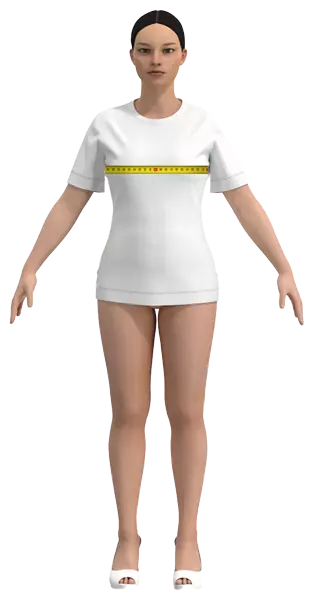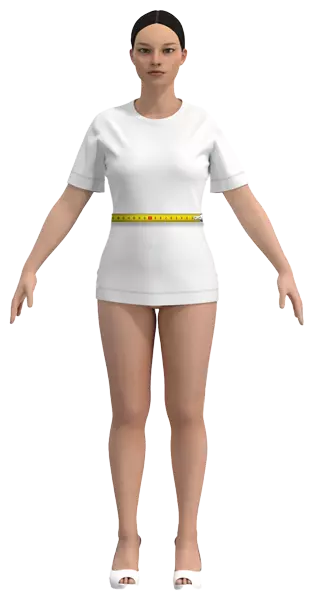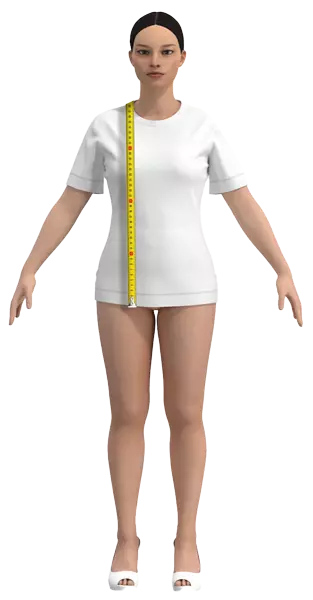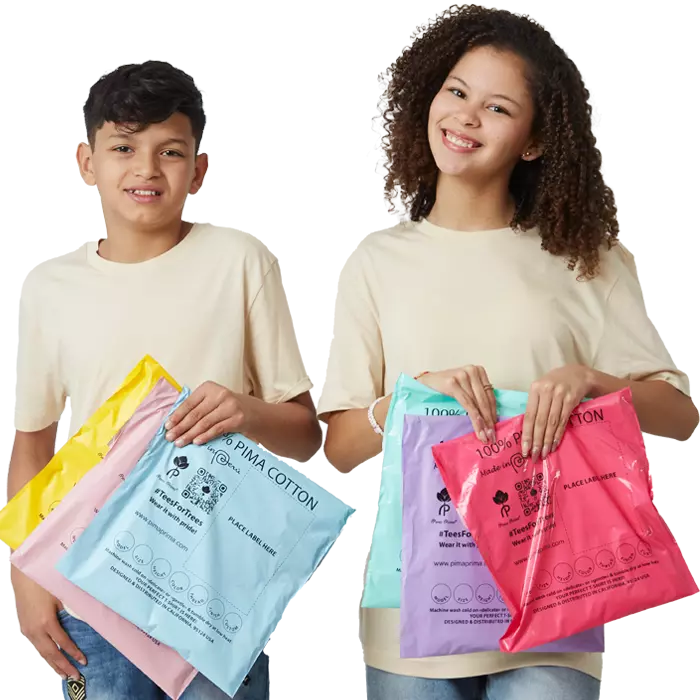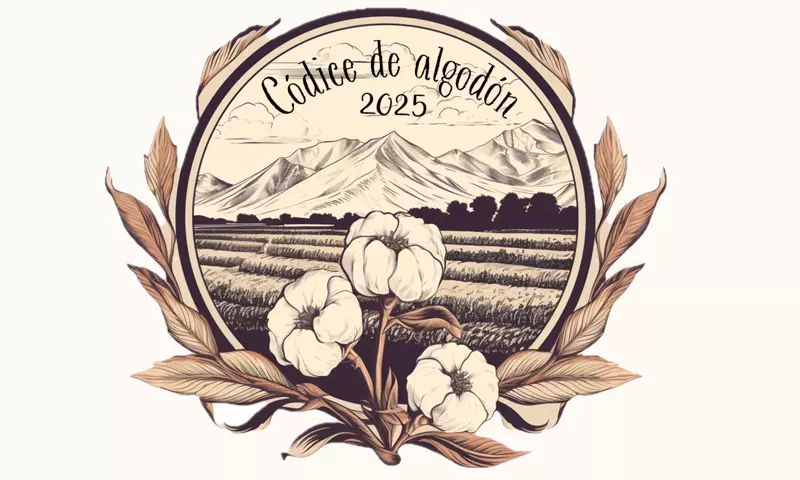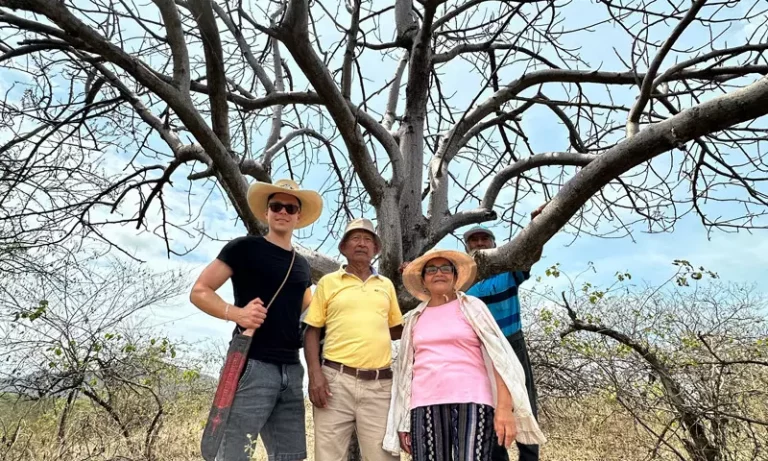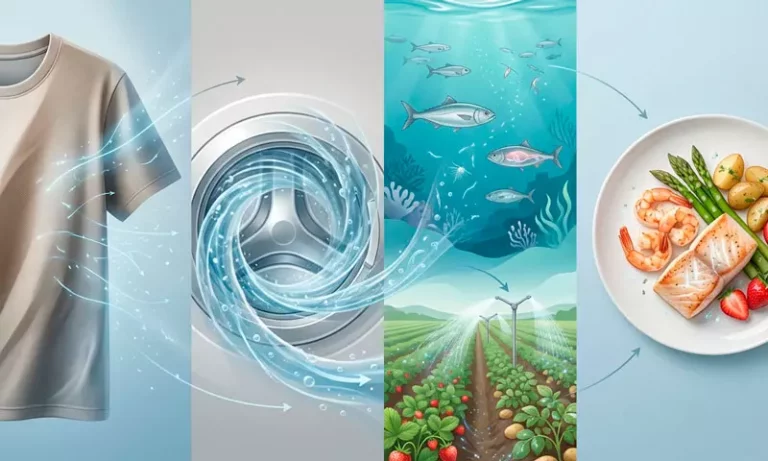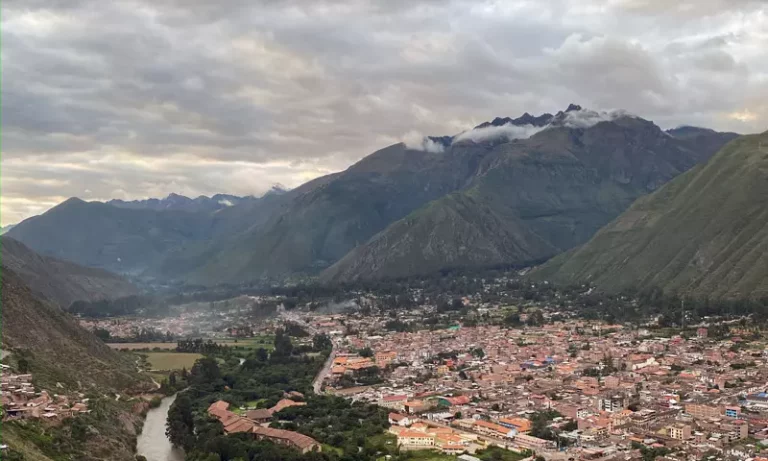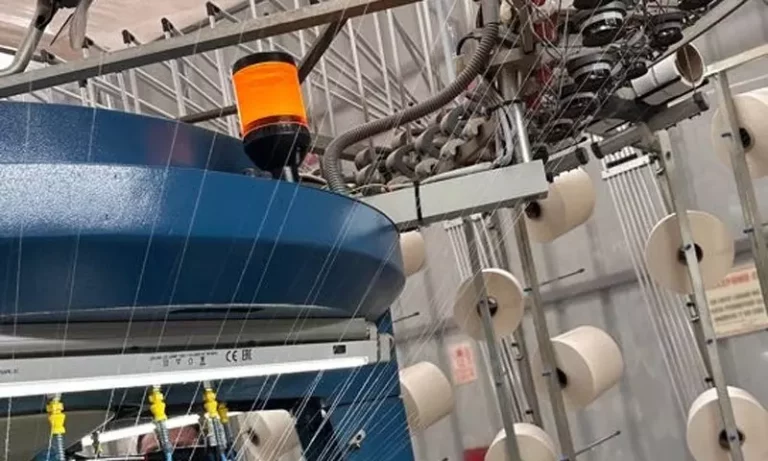Uncovering the Ancient Legacy of Peruvian Cotton
Have you ever wondered about the story behind the fabric of your t-shirt? In Peru, cotton has been more than just a material—it has been a sacred thread woven into the spiritual, agricultural and artistic life of civilizations like the Moche, Nazca, Wari and Inca. Today, Pima Prima brings this rich heritage to modern sustainable fashion through the Codex of Cotton (Códice de Algodón), a cultural, educational and research initiative that celebrates Peruvian cotton and its enduring legacy.
For thousands of years, Peruvian cotton has been used in ceremonial textiles, everyday garments and intricate natural dyeing practices. These fibers tell stories of ingenuity, identity and ecological harmony. Pima Prima is committed to sharing these stories while promoting ethical and sustainable fashion that respects both artisans and the planet.
The Codex of Cotton (also known as Códice de Algodón) is a cultural, educational and research initiative, that seeks to reconnect the modern world with the ancient legacy of cotton as both a sacred and practical element of human history— especially in Peru, the birthplace of the finest cotton on Earth: Pima.
For thousands of years cotton has been more than just a fabric in Peru—it has been a sacred thread woven into the spiritual, agricultural and artistic life of civilizations such as the Moche, Nazca, Wari and Inca. From naturally pigmented fibers to intricate dyeing processes using native plants and from ceremonial textiles to everyday garments, Peruvian cotton tells a story of ingenuity, identity and ecological harmony.
Our mission is to uncover, document and share this story with the world.
Rooted in Andean heritage and sustainability, the Codex of Cotton explores the intersection of traditional fiber arts, skin health and environmental stewardship. It highlights the role of natural fibers like Pima cotton in responsible fashion, while also advocating for textile choices that are hypoallergenic and skin-friendly.
Cotton, Culture and Sustainability
The Codex of Cotton explores how Pima cotton supports responsible fashion, protects sensitive skin and reduces environmental impact. By choosing organic Pima cotton over synthetic fabrics, consumers enjoy hypoallergenic, breathable and eco-friendly clothing. Pima Prima emphasizes the importance of this connection between heritage, health and sustainability.
Key Focus Areas of Codex of Cotton
Historical and Cultural Storytelling
- Documenting ancient cotton cultivation and weaving techniques
- Exploring the spiritual and social significance of Peruvian textiles
Health and Research
- Partnering with the American Academy of Dermatology (AAD) to study the benefits of natural fibers
- Highlighting how Pima cotton is gentle, hypoallergenic and ideal for sensitive skin
Environmental and Ethical Practices
- Working with organizations like The Microfibre Consortium to reduce textile pollution
- Advocating for sustainable Pima cotton production and ethical artisan practices
Natural Dyeing and Artisan Support
- Collaborating with the Natural Dyeing Association to revive safe plant, mineral and insect-based dyeing methods
- Supporting workshops and educational programs for Peruvian artisans
Public Engagement
- Offering interactive stories and exhibitions about slow fashion, ethical sourcing and traditional textile heritage
Esteemed Partners
Pima Prima works with leading museums, textile organizations and global sustainability groups to preserve and promote Peruvian cotton traditions, including:
Museums and Cultural Institutions:
- Museo Nacional de Arqueología, Antropología e Historia del Perú – Lima
- Museo de Arte de Lima (MALI) – Lima
- Museo Inka – Cusco
- Museo de Arte Precolombino – Lima
- Museo Larco – Lima
Textile and Academic Organizations:
- Textile Society of America (TSA) – USA
- Andean Textile Arts (ATA) – USA
- American Anthropological Association (AAA) – USA
- Society for Latin American and Caribbean Anthropology (SLACA) – USA
- Textile Research Centre (TRC) – Netherlands
- University-affiliated museums such as UBC Museum of Anthropology – Canada
Sustainability and Cotton Advocacy Groups:
- Global Organic Textile Standard (GOTS)
- Organic Cotton Accelerator (OCA)
- Better Cotton Initiative (BCI)
- Slow Fashion Movement
- Fashion Revolution
- Cotton Connect
Health and Environmental Partners:
- American Academy of Dermatology (AAD)
- The Microfibre Consortium
- Environmental Protection Agency (EPA)
- World Health Organization (WHO)
Through these partnerships, Pima Prima ensures that the story of Peruvian cotton reaches audiences worldwide while supporting ethical, environmentally friendly and culturally rooted practices.
Experience the Legacy
The Codex of Cotton invites the public to explore the beauty and significance of Peruvian cotton. From museum exhibitions to educational workshops and online storytelling, Pima Prima connects past and present, offering a tangible link to one of the world’s oldest and most remarkable textile traditions.
